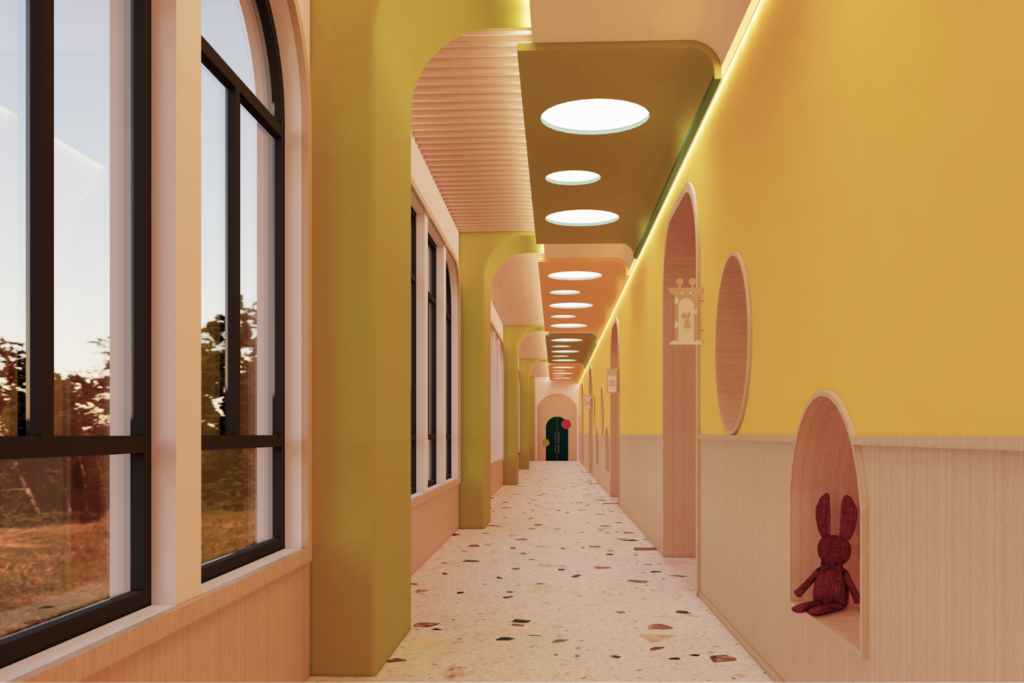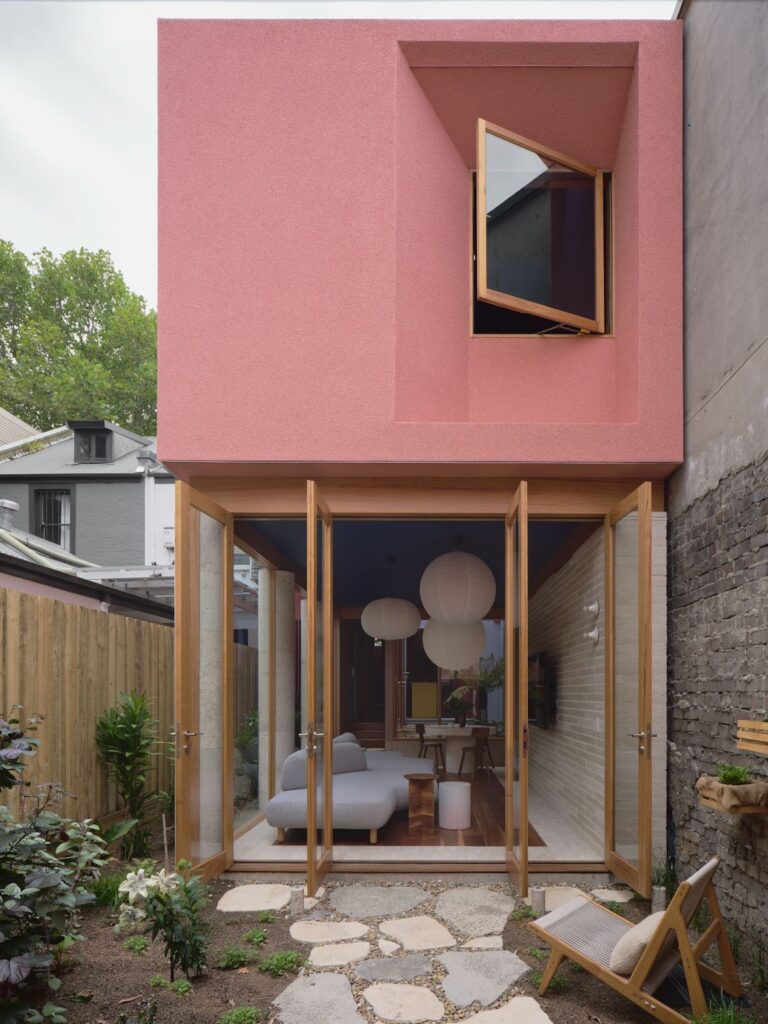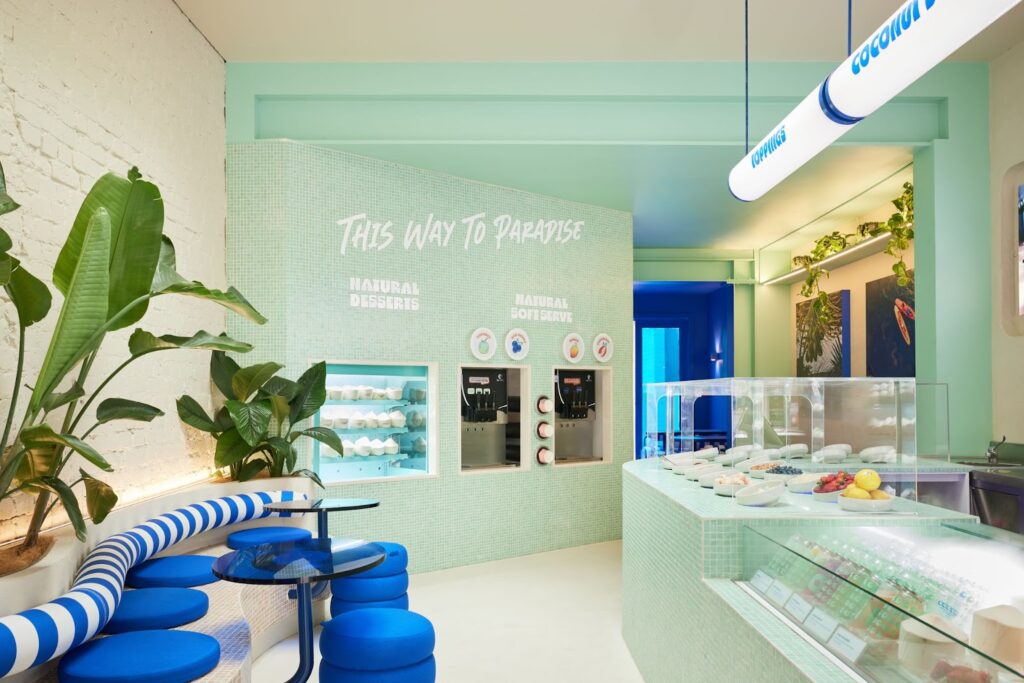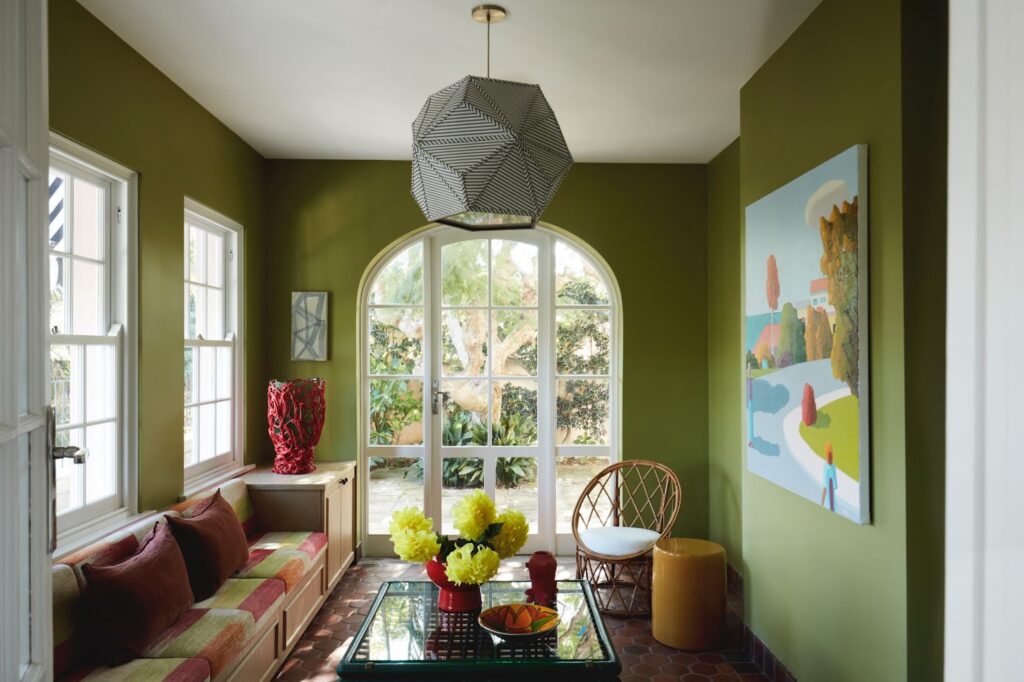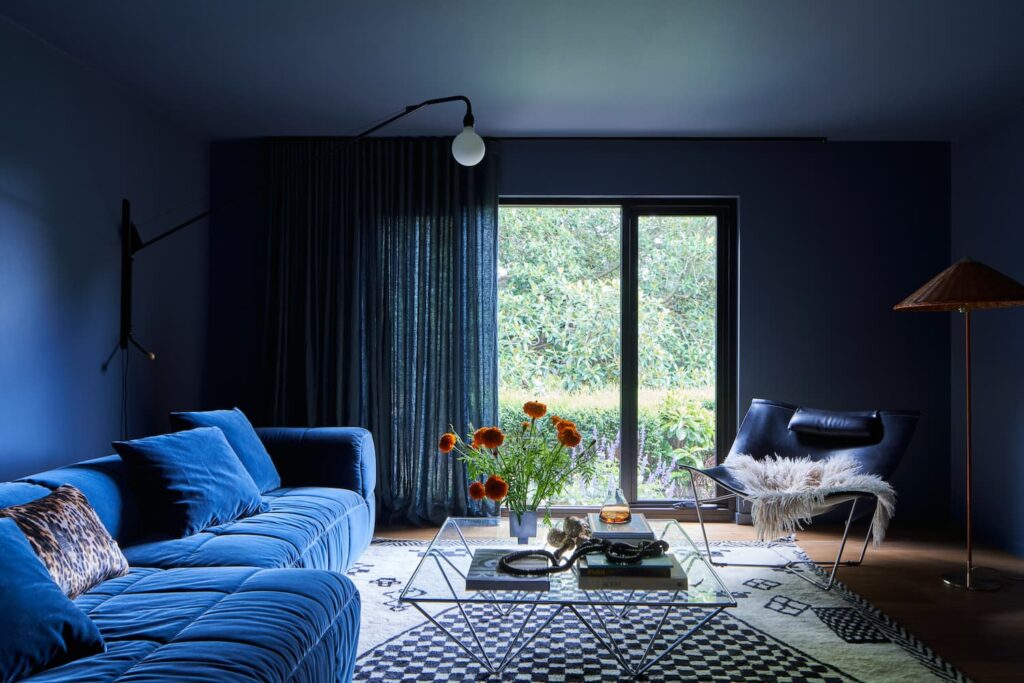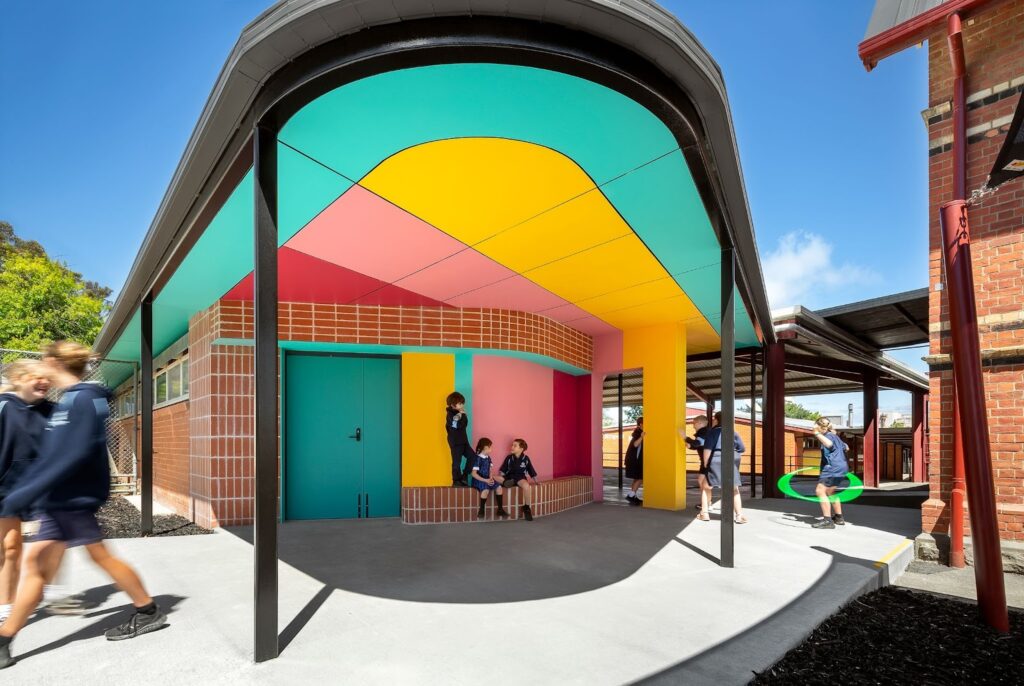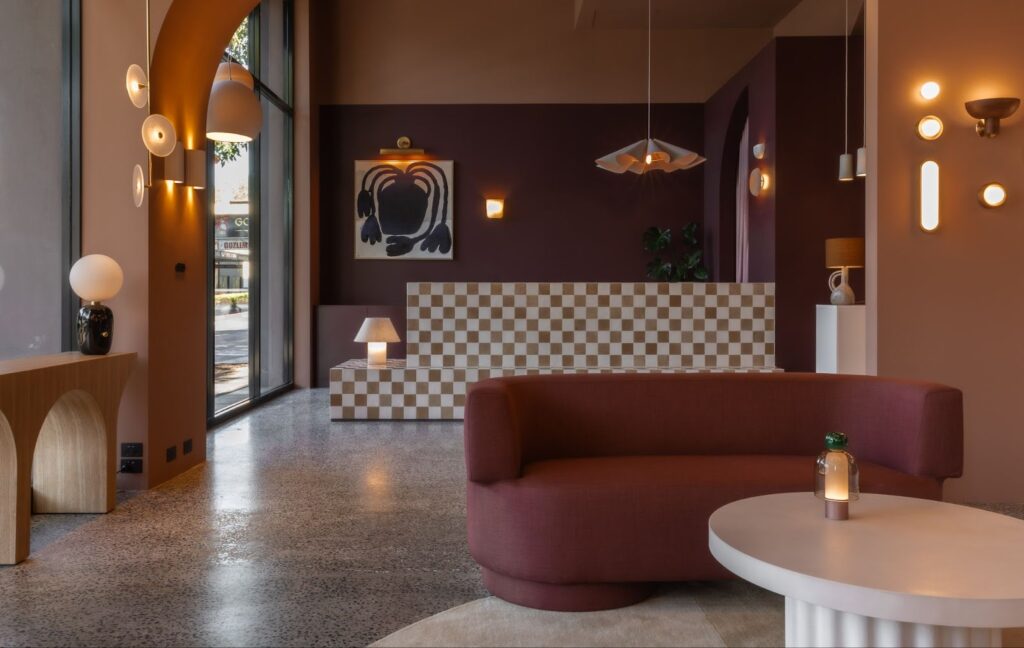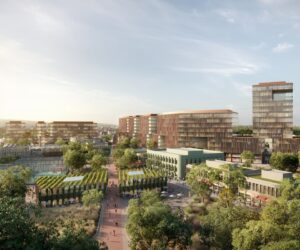Finalists Announced for the 38th Annual Dulux Colour Awards
The finalists for the 38th annual Dulux Colour Awards have been announced by this year’s esteemed judging panel. A stunning 83 projects have been chosen from a record 527 entries, as judged by five design industry professionals from Australia and New Zealand.
As one of the region’s most prestigious awards programs, recognising the exceptional and innovative use of colour in the built environment, the Dulux Colour Awards attract an array of extraordinary projects. Up until 2024, awards have been given in seven categories: Commercial Interior – Public and Hospitality; Commercial Interior – Workplace and Retail; Commercial & Multi-Residential Exterior; Residential Interior; Single Residential Exterior; and, Student work for both Australia and New Zealand,
with the coveted Australian and New Zealand Grand Prix awards, representing the pinnacle across all categories.
In an exciting expansion of the program, this year, an additional category has been added in recognition of the burgeoning area of Temporary or Installation Design.
“Expanding our program to award innovative colour use in non-permanent projects, such as exhibition spaces, installations and display suites, acknowledges the level of creativity that is being applied in this sector,” says Andrea Lucena-Orr, Dulux Colour and Communications Manager. “In fact, the sophistication of the projects in this category attests to the relevance of its inclusion. They are inspirational.”
Overall, the judges were impressed by the deeply considered, intelligent design pervading this year’s suite of finalists: hospitality venues and retail stores enticing customers through an understanding of colour psychology; primary schools with classrooms distinguished by colour to aid learning and navigation; and, human-focused offices with masterful mood-setting palettes.
Having been part of the awards program team for many years, Lucenna-Orr has a unique overview of the shifting colour and design trends. “This year, biophilia – the affinity of humans with the natural world – is a strong theme, with earthy colours playing a dominant role in interiors,” she says. “Olive greens, warm greys, muted taupes and dusky blues are coming into their own across several categories.”
Another stylistic direction is the bold use of saturated candy-like colours, clashing and contrasting against one another in projects of all types. “It is an uplifting trend that shows a newfound optimism and confidence to try unexpected combinations for surprising and fun spatial impact,” says Lucena-Orr. “Architects and designers, as well as their clients, seem to have shaken off the gloom of the lockdown years and are expressing a profound sense of freedom through paint colours that epitomise playfulness and joy.”
Warm whites and soft beiges have also made a strong appearance this year, in sophisticated tonal plays. Spanning textured sand, through deep buttery cream to crisp chalky porcelain, this palette is being explored fully in innovative, layered applications. “Gone are the days of a single white or beige being specified for an interior,” says Lucena-Orr. “Now, nuanced shades of a colour are being utilised to create highlights, details and contrasts within the one project. It’s a sophisticated design strategy and it’s not confined to interiors.”
Exteriors, too, are being used as canvases for all-encompassing tonal treatments, not only in pale neutrals, but other singular hues, resulting in impressions of shade, light and depth across elevations. “We’re also seeing bold graphics and murals in external applications, surprising contrast colours of pinks and blues, and a lot of textural effects,” says Lucena-Orr.
“It’s thrilling to see that every surface, every element, inside and out, is being considered in the overall colour scheme when a designer or architect is devising the palette,” says Lucena-Orr. “From coloured ceilings in retail outlets to painted external details in commercial settings, they all have a role to play in defining a space, and this year’s finalists demonstrate a deep appreciation for colour as one of the most versatile, transformational design tools.”
The judges have a challenging task ahead but, as five of Australia and New Zealand’s most experienced architects and designers, each adept at using colour assertively in their own work, they have a keen eye for exemplary design, innovation and execution.
The 2024 judging panel comprises Shaun Carter, Founder of Carter Williamson; Monique Woodward, Co-Founder of WOWOWA Architecture; Sarosh Mulla, Director of Pac Studio; Eva-Marie Prineas, Founder of Studio Prineas; and, Nick Travers, Co-Director of Technē Architecture + Interior Design.
The 38th Dulux Colour Awards winners will be announced at an exclusive event at Sydney Opera House Bennelong, during Vivid Sydney on Wednesday 29 May.
For further information on this year’s finalists, judging criteria and terms and conditions, visit dulux.com.au/colourawards
